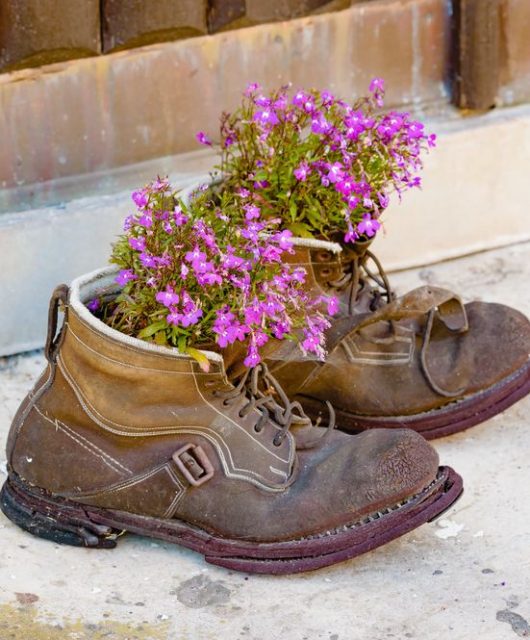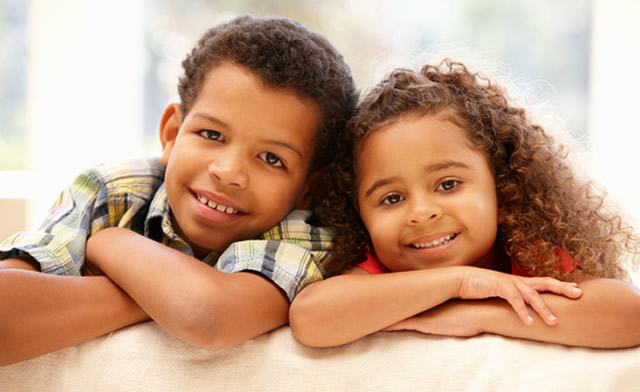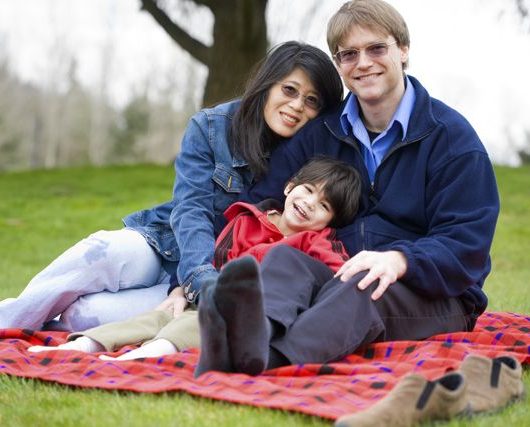The number of interracial kids has really increased over the years. So when Prince Harry and Meghan Markle announced their pregnancy some time back, everyone who is aligned to the multicultural community must have been proud. And when their interracial royal baby was born, it was more than just icing on the cake. Now, as much as mixed individuals population is one of the fastest-growing in the US, they are still misunderstood and underrepresented, with many interracial couples kids being faced with the identity crisis.
Parents of interracial children need to shield their kids from some of these harsh realities. Well, read on we share with you some advice on raising mixed kids in 2020…
How to raise children of interracial relationships
Parents of beautiful interracial children will tell you that even if there are some benefits of raising mixed children, most of them have also encountered some annoying moments too, despite the increase in the number of interracial households. So if you are a new interracial parent then you need to brace yourself because at some point you may have to deal with the annoyance of ignorant and prejudiced individuals.
The thing is: even Meghan and Harry knew that they had to expect their fair set of challenges raising a mixed-race child. Having been a mixed-race child herself, there was a video that resurfaced where she speaks about how she hopes that her future offsprings are born in a world where racism against mixed individuals doesn’t exist. Plus, she has also experienced racism for being mixed. And this is why it is important to know how to raise biracial kids. Well here are a few tips:
Find books and watch media that look like your family and kids
We are lucky that in 2020 there are books and media with characters that represent interracial marriage children. So the first tip for raising interracial kids is to look for these books with people who look like them (biracial) or look like your family (interracial). And like I said, we are in luck! Much as it isn’t such a wide collection, these books are still there. Taye Diggs has one called “Mixed Me” where he speaks about wanting his biracial child to identify with both worlds. The thing is, most interracial couples kids love seeing people with similar hair and skin color.
Teach your child to embrace their mixed identity
As I mentioned earlier, on “Mixed Me”, Diggs wanted his child to identify as biracial and embrace both worlds. I believe its imperative that parents of interracial children make it their sole responsibility of guiding their children to embrace both cultures. Let your child be proud of their identity and both sides of their cultural heritage. This is very helpful in building their character in terms of acceptance and tolerance of other people’s cultures.
Also, let them grow with unbiased views of both races. We don’t want them growing up thinking that all Caucasians are racist, right? Steer clear from overexposing your interracial marriage children to the differences in the two cultures. Instead, focus on exposing them to the best of both worlds. Emphasize on unity and let them understand that choosing one race over the other is not tolerated.
Learn how to style biracial hair
If you are a white mother married to a black man, then you might have to go through rounds of tutorials just to learn how to style your cute baby’s fizzy hair to make it look like that of her cute black cousins. See, the thing is, the hair of black-white interracial kids isn’t as silky and easy to style as what you might be used to. You can’t avoid the hair journey.
You might have to take hair care lessons to learn detangling techniques. Plus you will also have to invest in good detangling conditioners and also probably teach yourself how to braid your child’s hair as Kim Kardashian did. Much as all this might seem a bit overwhelming, you’ll still have to learn enough to keep your kid’s hair well hydrated and detangled.
Participate in their traditions
It is important to give children of interracial relationships the chance to be exposed to all cultures and traditions of their parents. Enrich your child’s life by enriching them with their cultures and teaching them to proud of their rich cultural heritage and proud to be a part of more than one culture. For instance, if one parent celebrates Christmas and other doesn’t, as parents, give the kids the chance to participate in this holiday and then let them make their choices about whether or not to celebrate it as adults.
Encourage language development
Sometimes, being part of an interracial family comes with being a multilingual family. Bringing up kids in a multilingual environment is one of the perks of interracial relationships. Teach them the languages of both parents so that they grow up as part of both heritages. Speak to your child in your native language too. Help them acquire language skills. In the process, when visiting either side of the parents’ families, they will feel like they are a part of it.
Find an interracial community
If you are a new interracial family, look for families that are like you and that share your mindset. Those with the goal of raising interracial kids as world citizens. Seek communities that foster pride and respect for diversity and multiculturalism. Also, expose your kids to people who are integrated and are accepting of other’s cultural backgrounds respectfully.
You can join online communities and network with other interracial families. Join multicultural communities that support diverse individuals and families.
Conclusion
The thing is, we can’t run away from the fact that the number of interracial children is increasing, thanks to the rise in interracial relationships. Raising kids in a multicultural household helps them develop the ability to connect with diverse races and cultures. It teaches them empathy, openness, and helps them be welcoming and respectful of other people’s cultures. Yes, there might be some challenges that they might encounter. That said, be open about it and tell your kids to talk to you whenever they experience any kind of prejudice. My final piece of advice: Don’t shy away from talking about race issues.
For more articles on raising multicultural kids, visit Love is All Colors.
















